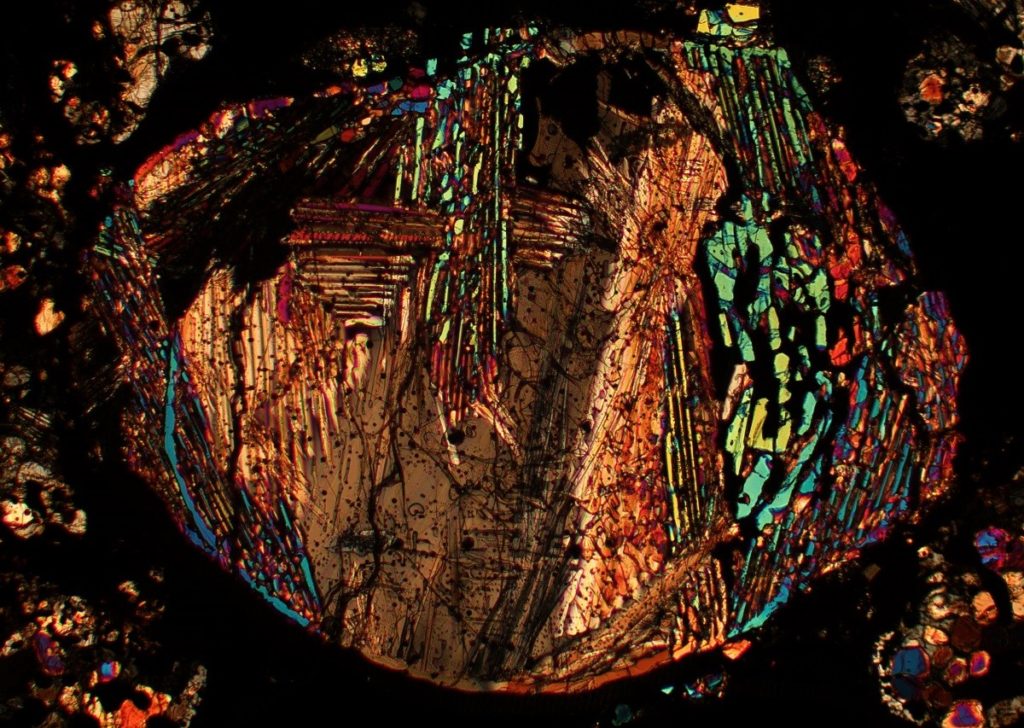Researchers are testing an array of new combinations that may vastly expand the options available to create faster, smaller, more efficient energy storage, advanced electronics and wear-resistant materials.
They created 2 entirely new, layered 2D materials using molybdenum, titanium and carbon. “By ‘sandwiching’ one or two atomic layers of a transition metal like titanium, between monoatomic layers of another metal, such as molybdenum, with carbon atoms holding them together, we discovered that a stable material can be produced,” Anasori said. “It was impossible to produce a 2D material having just 3 or 4 molybdenum layers in such structures, but because we added the extra layer of titanium as a connector, we were able to synthesize them.”
It represents a new way of combining element...
Read More









Recent Comments